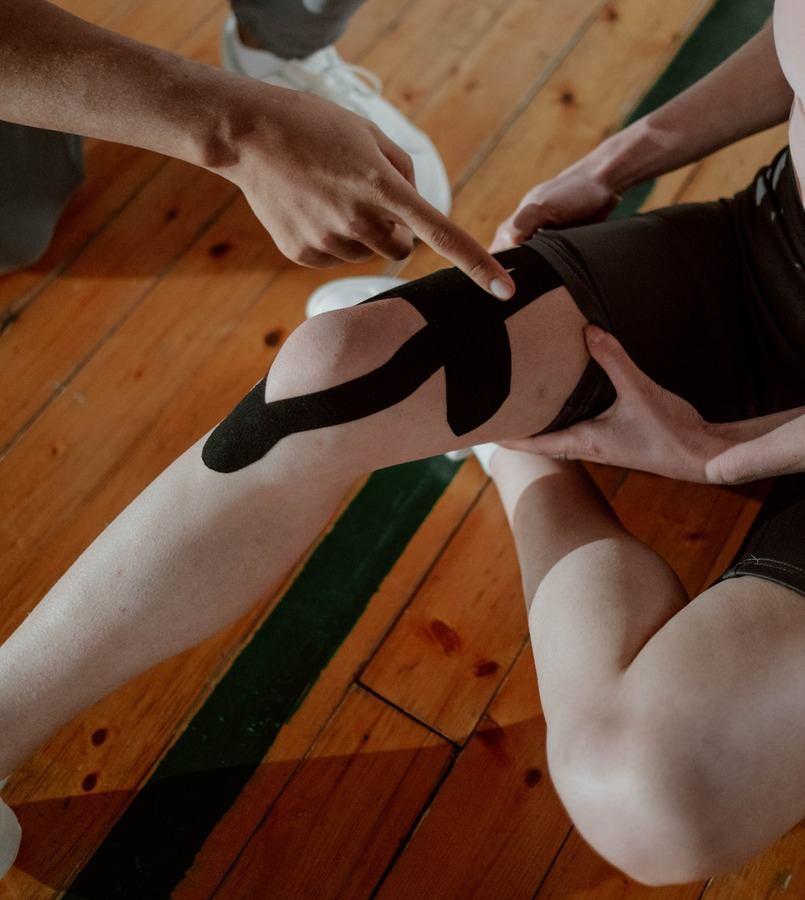Common Basketball Injuries
 Basketball is a thrilling sport that demands agility, speed, and precision. However, the hard court and the dynamic nature of the game can put tremendous strain on your feet and ankles. From sprained ankles to stress fractures, there are a range of foot and ankle injuries that basketball players should be aware of.
Basketball is a thrilling sport that demands agility, speed, and precision. However, the hard court and the dynamic nature of the game can put tremendous strain on your feet and ankles. From sprained ankles to stress fractures, there are a range of foot and ankle injuries that basketball players should be aware of.
In this article brought to you by Mountain Spring Podiatry, we explore some of the most common basketball-related foot and ankle injuries. If you are experiencing severe or chronic foot pain, then visit a licensed podiatrist, or foot doctor, to get an expert’s evaluation. Residents in the area can call Mountain Spring Podiatry to schedule a convenient appointment.
Ankle Sprains
Ankle sprains are among the most prevalent injuries in basketball. They typically happen when a player lands awkwardly, twists their ankle, or steps on an opponent’s foot. During an ankle sprain, the ligaments that connect the bones in the ankle joint are stretched or torn. High ankle sprains, also known as syndesmotic sprains, involve the ligaments above the ankle and are generally more severe than common ankle sprains.
The severity of the sprain can range from mild to severe. The immediate result of an ankle sprain is pain. Swelling and inflammation also occur as the body’s natural response to the injury. Some ankle sprains can cause bruising around the affected area, which is the result of small blood vessels breaking due to the trauma.
After an ankle sprain, it can be challenging to move the affected ankle, and you may experience limitations in range of motion due to pain and swelling.
Achilles Tendonitis
The Achilles tendon, the largest tendon in your body, is located at the back of the lower leg. It is a vital player in the basketball game, especially when it comes to explosive movements like jumping and quick directional changes. However, overuse and repetitive stress can lead to Achilles tendonitis, a condition characterized by pain and inflammation in the back of the ankle.
Over time, the constant stress on the Achilles tendon can lead to small, microscopic tears in the tendon fibers. These tiny tears can accumulate, causing the tendon to become inflamed and painful.
The primary symptom of Achilles tendonitis is pain and stiffness in the lower leg, near the back of the heel. Inflammation in the tendon can lead to localized swelling around the affected area. As the condition progresses, individuals with Achilles tendonitis may experience a reduction in their range of motion in the ankle.
Plantar Fasciitis
Plantar fasciitis is another case of inflammation, but this one affects the band of tissue that runs along the bottom of the foot – also known as the plantar fascia. Plantar fasciitis is primarily caused by repetitive strain and overuse of the plantar fascia.
Like Achilles tendonitis, this condition sets in as the body attempts to repair microtears in the tissue caused by repeated stress on the plantar fascia. The hallmark symptom of plantar fasciitis is intense heel pain, particularly near the front of the heel. The pain is typically sharp and can be most severe with the first few steps taken in the morning or after prolonged periods of rest.
Stress Fractures
Stress fractures are small cracks in the bones of the feet or ankles, typically caused by overuse and repetitive activities rather than a sudden and severe impact. Basketball players, who subject their feet to constant pounding on unforgiving courts, are at a higher risk of developing these fractures.
The repetitive strain on the bones causes tiny cracks or microdamage to form within the bone. As the microdamage accumulates and the stress fracture progresses, individuals may experience pain in the affected area, which can range from mild to severe.
To compensate for the pain, individuals with stress fractures may alter their gait or the way they move, which can place additional stress on other areas of the body, potentially leading to secondary injuries.
Visit a Licensed Podiatrist, or Foot Doctor
If you are experiencing severe or persistent foot and ankle pain, then consider seeing a dependable podiatrist. These doctors specialize in the foot, ankle, and lower leg, and they can evaluate, diagnose, and treat a wide range of conditions that may be causing your pain and discomfort. Residents in the area can call Mountain Spring Podiatry to schedule a convenient appointment today.
